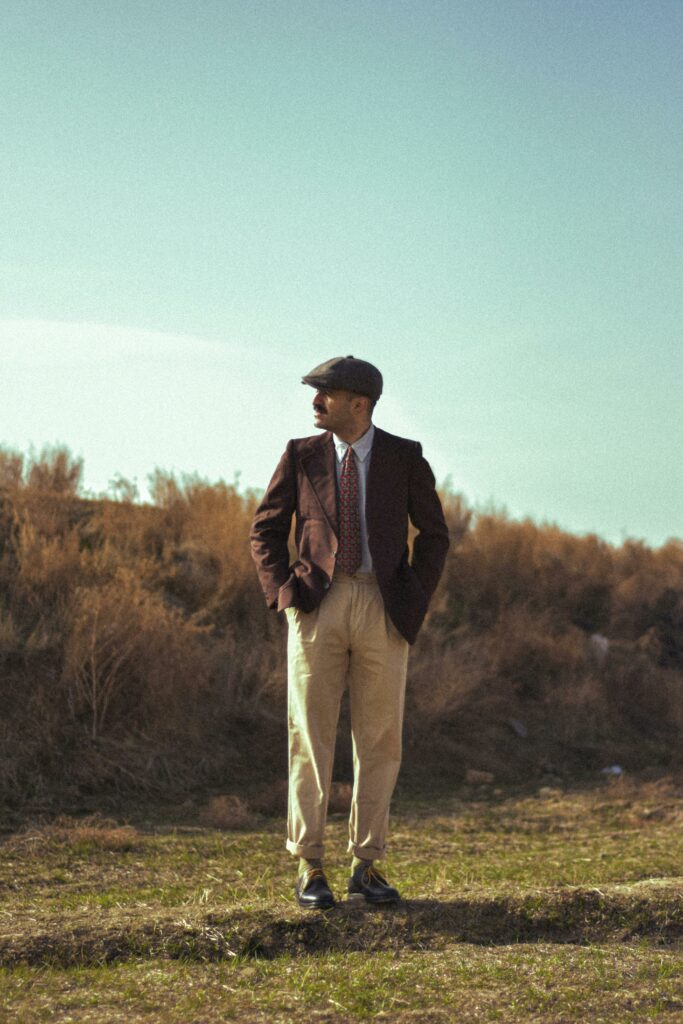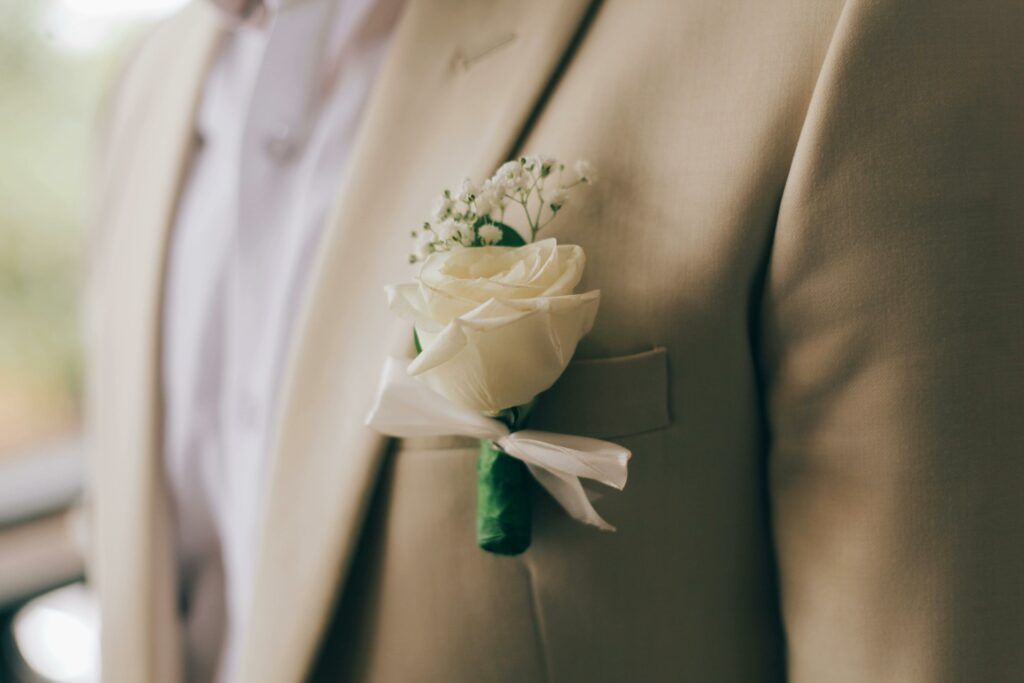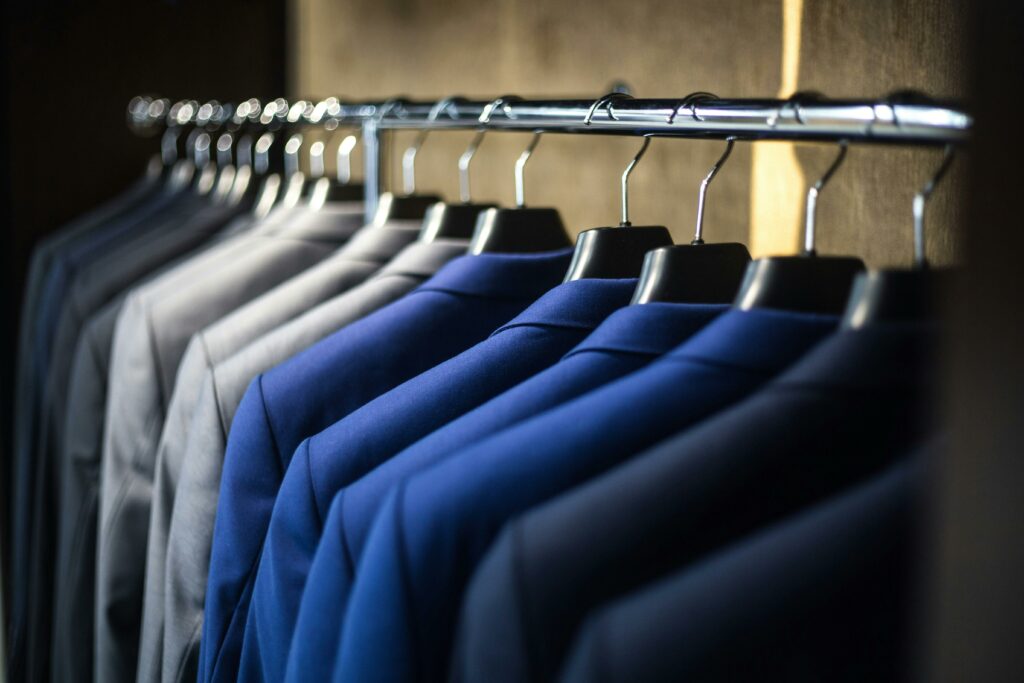Classic Menswear
The Timeless Elegance of Classic Menswear: Why It Never Goes Out of Style Fashion trends may come and go, but classic menswear remains eternal. In a world constantly chasing new styles, there’s something profoundly appealing about the timeless sophistication of a well-tailored suit, a crisp white shirt, and perfectly polished shoes. Classic menswear isn’t just about clothes—it’s about confidence, craftsmanship, and character. It represents a man who values tradition while embracing modernity in his own unique way. 1. Understanding Classic Menswear Classic menswear refers to styles that have stood the test of time—suits, blazers, trousers, shirts, and accessories that reflect refined taste and timeless elegance. Rooted in the early 20th century, these styles have evolved yet retained their essential charm. Think of the single-breasted navy blazer, the charcoal gray suit, the Oxford shirt, and leather brogues—each piece carries an air of sophistication that transcends passing trends. What makes classic menswear enduring is its balance of simplicity and detail. The focus is on quality fabrics, clean lines, and perfect fits rather than flashy patterns or experimental cuts. Every stitch, button, and fold has a purpose, creating an ensemble that exudes quiet confidence. 2. The Foundation of Classic Style At the heart of classic menswear lies structure and subtlety. A well-fitted suit, for instance, can instantly transform a man’s appearance—broadening shoulders, defining posture, and enhancing self-assurance. Here are a few essential elements that define classic menswear: The Tailored Suit: The cornerstone of any classic wardrobe. Opt for versatile colors like navy, charcoal, or gray. A two-button, single-breasted suit in wool can serve you for years. The Crisp Shirt: A white or light blue cotton shirt complements any outfit, whether under a blazer or paired with chinos. The Timeless Trousers: Straight-cut trousers or chinos in neutral tones such as beige, khaki, or charcoal are wardrobe essentials. Leather Shoes: From Oxford to Derby shoes, high-quality leather footwear completes the refined look. Accessories: A silk tie, a pocket square, and a classic wristwatch add the final touch of elegance. These timeless staples form the backbone of a gentleman’s wardrobe, allowing endless combinations that remain relevant year after year. 3. Why Classic Menswear Still Matters In an age dominated by fast fashion, why does classic menswear still hold such power? The answer lies in its enduring values—quality, versatility, and confidence. Quality Over Quantity: Classic menswear emphasizes craftsmanship and durability. A well-made wool suit or leather shoe can last for decades if properly cared for, making it a smarter and more sustainable choice. Versatility: These timeless pieces adapt to every occasion—be it a business meeting, a formal event, or a casual evening out. A navy blazer paired with jeans looks just as stylish as with tailored trousers. Confidence and Character: When you wear classic menswear, you project more than just style—you exude discipline, professionalism, and self-respect. The outfit becomes a reflection of your inner strength. 4. Adapting Classic Menswear to Modern Times While rooted in tradition, classic menswear has gracefully evolved with the times. Today’s modern gentleman blends heritage with a hint of contemporary flair. For instance, slimmer fits, lighter fabrics, and softer tailoring have made classic styles more comfortable and versatile. Pairing traditional pieces with modern twists—like a turtleneck under a blazer, or white sneakers with a tailored suit—brings a fresh perspective without losing authenticity. The key is balance: respecting the old while embracing the new. 5. Building Your Classic Wardrobe Creating a timeless wardrobe doesn’t happen overnight. Start with the essentials and build from there. Here’s a simple roadmap: Start with Neutrals: Invest in colors like navy, gray, black, and beige. They’re versatile and easy to mix and match. Focus on Fit: A perfect fit is non-negotiable. Even the most expensive suit loses its appeal if it doesn’t fit properly. Tailoring is your best friend. Choose Quality Fabrics: Wool, cotton, and linen offer comfort and longevity. Invest in Accessories: A leather belt, a quality watch, and subtle cufflinks can elevate any outfit. Maintain Your Wardrobe: Proper storage, dry cleaning, and shoe care ensure your pieces stay pristine. 6. The Mindset Behind Classic Menswear Classic style isn’t just about how you look—it’s about how you carry yourself. It reflects discipline, respect, and attention to detail. Dressing well shows that you care—about yourself, your work, and the people you meet. It’s about expressing individuality without shouting for attention. In an era where trends fade within weeks, the man who dresses classically stands out for his timeless sophistication. He doesn’t chase trends; he defines them. Conclusion Classic menswear is not about nostalgia—it’s about endurance. It’s the art of dressing with purpose and elegance, a tradition that honors craftsmanship and confidence. Whether you’re heading to the office, attending a formal event, or simply enjoying a night out, the timeless appeal of classic menswear ensures you’ll always make a lasting impression. Invest in quality. Choose timeless over trendy. And remember—style fades, but class is forever.






